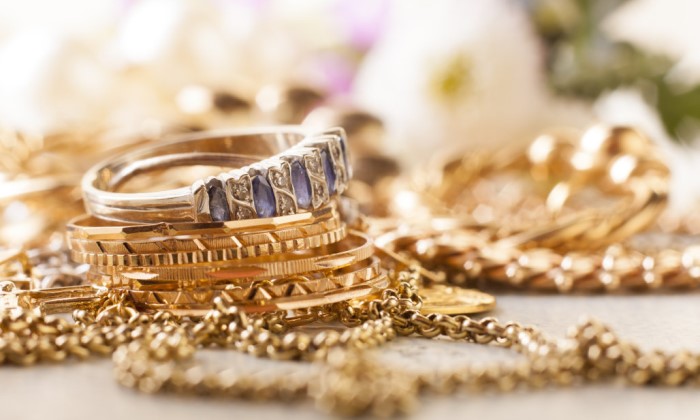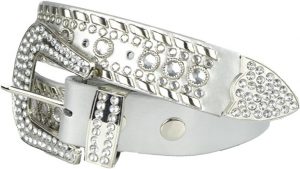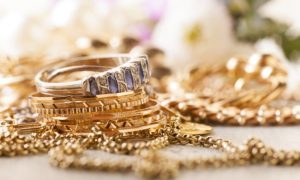
From the early days, jewelry has served many purposes. But, as the nineteenth century wore on, art and wealth began to overtake function, and that trend continues today. A good example of this is the work of Robert Lee Morris, an American jewelry designer. His works, inspired by various cultures, are a perfect example of how art and function can coexist. But, even if the two aspects never fully overlap, they remain integral to the creation of a piece of jewelry.
Art Deco
The birth of Art Deco was celebrated in 1925 at the Paris Exposition Internationale des Arts Decoratifs et Industries (PICA), and the art movement was soon gaining popularity worldwide. Its inspiration came from the modern art movement, and the designs became abstract, geometric, and highly detailed. French jewelers were at the forefront of the movement, but they weren’t the only ones who created jewelry during this time. Some pieces were created as early as 1905 in Belgium and France. However, it took nearly two decades before they were widely popular.
Dating Art Deco jewelry is simple – you can tell by the style’s rigid lines and Egyptian motif. When evaluating Art Deco jewelry, look for signs of wear and a reasonable amount of patina. Look for signs of repair, especially around the findings, such as newer solder. If you’re unsure, try comparing the piece’s weight to a similar piece of jewelry. However, if the jewelry is surprisingly lightweight, it may be an authentic piece of Art Deco.
Jugendstil
Often associated with the Art Nouveau and Jugendstil periods, jewelry of this style is highly decorative and often features geometric shapes. The style of Jugendstil is also associated with Indian jewelry art, which uses a variety of colors to represent various objects. However, the look and style of this jewelry vary widely, depending on the country from which it originated. The styles of Art Nouveau and Jugendstil jewelry differ from one another, but many of the same elements are used.
Developed in the mid-1890s, the Jugendstil style emerged in Germany and continued for the first decade of the twentieth century. The term derives from the Munich magazine Die Jugend, which featured a range of designs from the earlier Art Nouveau era. The style has two distinct phases, the first of which is very floral and rooted in the applied arts of the English and Japanese styles. The later phase of the style is more abstract and influenced by the art of Belgian-born Henry van de Velde.
Etruscan
There are numerous ways to authenticate gold jewelry from ancient Greece and Rome, but there is one scientific method that is considered the most reliable for this purpose: non-destructive elemental analysis. This method is a valuable tool for establishing the authenticity of a piece of Etruscan gold jewelry. A few of the scientific tests that were used to examine the jewelry from Campana’s collection include SEM, optical microscopy, and X-radiography. The study of Etruscan objects used various techniques to determine whether they were genuine or not. The ornamental patterns were studied to determine the difference between ancient and modern parts, and the composition of the alloys helped reveal the different stages of their construction.
The comb brooch is a perfect example of this type of Etruscan jewelry. This type of brooch was used to fasten a cloak. It is made up of multiple hooks that attach to a gold-laminated silver plaque decorated with filigree. The clasp is 2 inches long and showcases the Etruscan mastery of fine metalwork. A rare and beautiful piece of Etruscan jewelry, the comb brooch can be traced to a specific location in the world, so its significance is important.
Renaissance
During the Renaissance, men and women wore jewelry. Although jewelry was generally reserved for the upper classes, men and women wore it in varying amounts. Rings, especially engagement rings, were worn on chains by men. The styles and cuts of rings differed depending on the gender of the wearer. But one thing remains the same: men wore jewelry. They were often the recipients of betrothal rings. The style of engagement rings was a definite feature of the Renaissance period.
The company believes in Corporate Social Responsibility and responsible investment. They want to bear some of the responsibility for their impact on society. Their approach has led them to establish the Renaissance Foundation, a philanthropic organization. The company started by managing religious trusts and later expanded to provide basic shelter and support for the poor in Patan. As the founder and CEO of Renaissance Jewellery, Niranjan Shah is deeply committed to socially responsible investment.
Arts and Crafts
The arts and crafts movement redefined beauty, creating the future of handmade jewelry. The movement’s influence was similar to that of the Art Nouveau movement, and it spread throughout the US and Europe. During the Industrial Revolution, the Great Exhibition in London showcased jewelry produced by machines, and many of the designers in this style were dissatisfied with the outcome. William Morris and John Ruskin fought against this innovation, and their efforts are reflected in the style’s many variations.
Early Arts and Crafts jewelry designers emphasized the need to make everything by hand, from the beads to the stones. Their preference was to use the tools and materials that would help them make the most beautiful pieces. They also resisted the industrial revolution, shunning assembly lines and relying on the artistic skill of the creators. Furthermore, they often used less precious stones and base metals for their designs. Unlike their predecessors, the Arts and Crafts style brought beauty and art to the masses.
Victorian era
As Victorian affluence increased and manufacturing capabilities improved, the jewelry industry began to thrive. Queen Victoria’s love for jewelry spread to the rest of the world, and her style was quickly copied by many. One of the most popular styles was snake jewelry. The snake was associated with creativity, fertility, and protection. The ouroboros, or snake symbol, was thought to symbolize eternity. The snake also had much cultural significance, and many women wore snakes in their jewelry.
The Victorian era also saw a rise in black and dark-colored stones. The loss of Prince Albert, the first British monarch, created a period of mourning and a desire to wear dark-colored gemstones. Black onyx was often used in plain, solemn pieces. Although Victorian-era jewelry was often starker than later styles, many pieces can still be found in the market today. And if you’re looking for a unique piece that shows your style and heritage, Victorian-era jewelry is worth a look!







